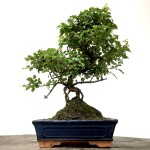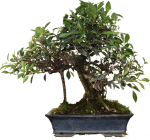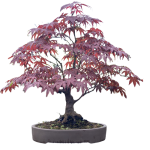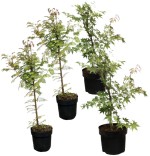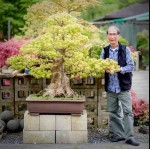
Buy From The Best With Confidence

Peter Chan World Famous Bonsai Expert

21 Times Chelsea Flower Show Gold Medal Winner


Buy From The Best With Confidence

Peter Chan World Famous Bonsai Expert

21 Times Chelsea Flower Show Gold Medal Winner

New Products
users favourites
Product Categories
Product Categories





As Featured In








Youre always welcome
Visit Herons Bonsai
On its extensive seven and half acre landscaped site you can relax and enjoy all aspects
of this fascinating hobby. It is literally a Bonsai heaven for anyone interested in the
pastime. The sheer scale of the site and the range and selection of trees makes Herons a
'must visit' venue for both bonsai enthusiasts and gardeners alike.
In response to the overwhelming demand from customers who wish to order online, we set up our Internet shop and it has gone from strength to strength.
In response to the overwhelming demand from customers who wish to order online, we set up our Internet shop and it has gone from strength to strength.














.png)


